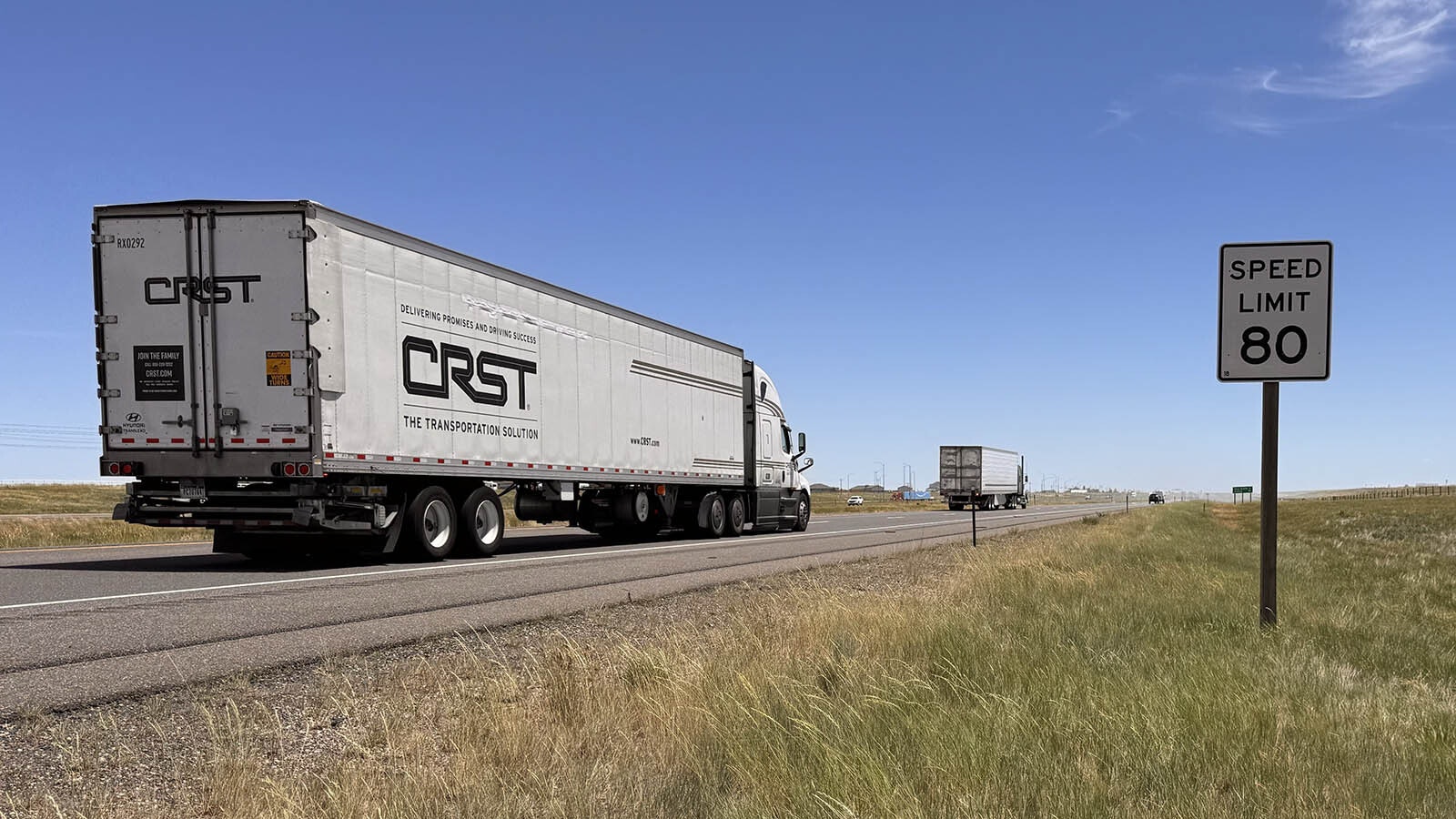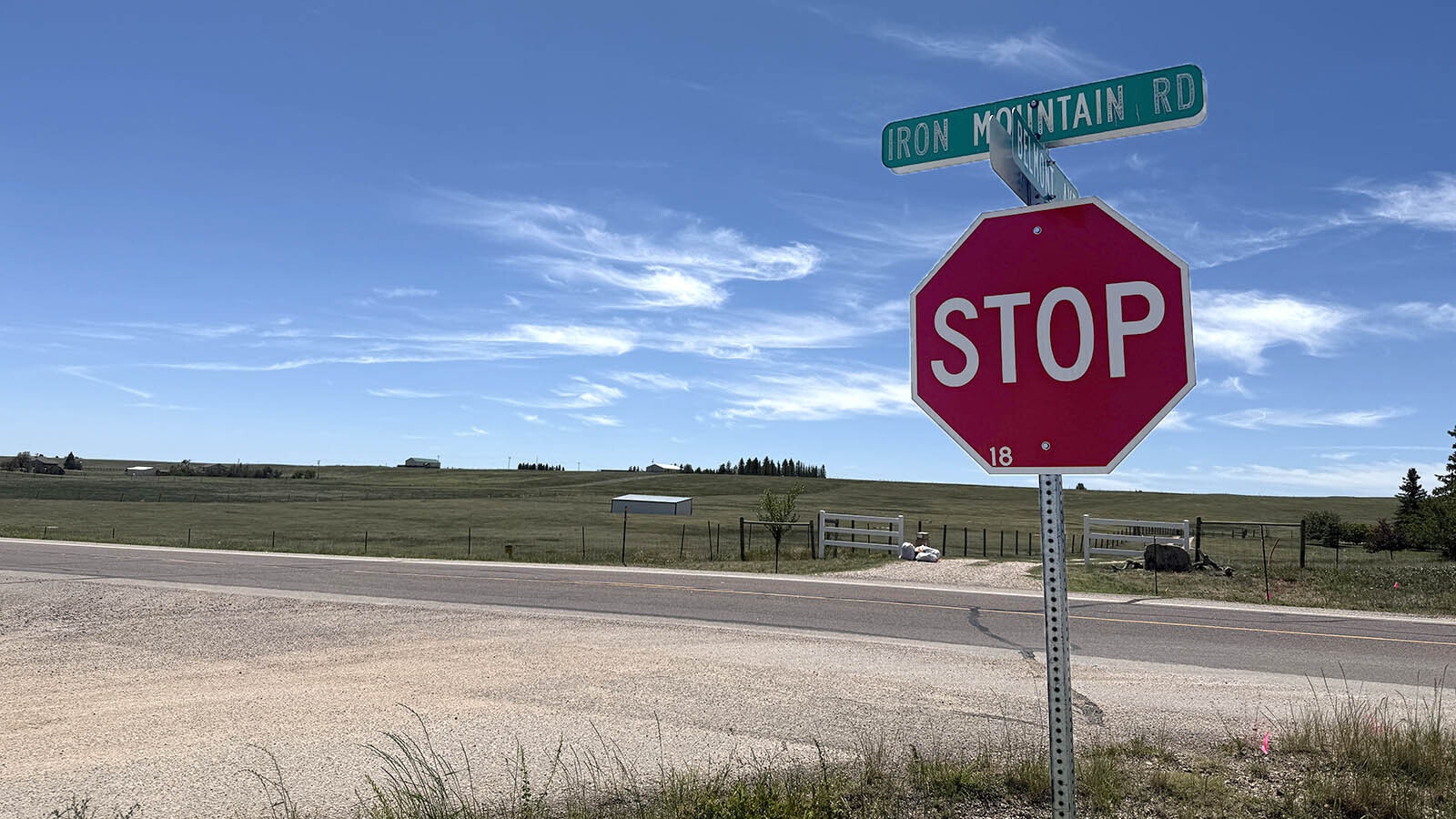The Wyoming House passed legislation Monday that pushes the deadline to install coal plant carbon-capture retrofits to 2033, three years beyond the current date.
There are significant changes to the carbon capture legislation that was made law in Wyoming originally more than four years ago. But amended changes Monday will now allow rate recovery from electricity customers as well as permit a utility to recoup federal tax credits provided it installs lower carbon-emission technology on its coal plants.
The legislation passed 32-21, which already has moved through the Senate.
Specifically, the legislation permits a public utility to establish a rate recovery mechanism that collects a surcharge from customers not to exceed 2% of each customer’s total electric bill.
The legislation makes it possible for utilities to recover the costs they spend on carbon capture technology through the Wyoming Public Service Commission, which regulates public utilities.
Syncs Up
Rep. Donald Burkhart, R-Rawlins, chairman of the House Minerals, Business and Economics Development Committee, said Monday that the legislation, Senate File 42, is needed to reflect shortcomings from the original law enacted four years ago.
Burkhardt said that the House-passed version now syncs up with federal tax laws to give power companies the ability to recoup some of the costs on investments through expiring tax credits associated with the new carbon capture technologies.
The goal is for public utilities with coal-burning power plants to reduce their carbon dioxide emissions rather than closing them down as other alternative power generating sources quickly come online, such as wind, solar, hydropower or even small nuclear plants.
The proposal also exempts electric utilities with fewer than 10,000 customers, which is designed to help those smaller businesses that can’t immediately pay for carbon capture systems that could cost hundreds of millions of dollars. That kind of aggressive deadline could hurt smaller utilities financially, Burkhardt said.
“Without this they’ll take an inordinate hit on their rates,” he said.
The proposal also changes to 75% the minimum standard of capturing greenhouse gas emitted into the atmosphere from the current 90% level.
The amended SF 42 also would require storage technology that annually captures not less than 18,750 metric tons of carbon dioxide emitted by a coal-fired power plant.
The level of emissions in metric tons, as spelled out in the legislation, equates to about 20,668 U.S. tons of carbon dioxide.
The 2033 deadline should give utilities more time to comply and spread-out capital costs over a longer period. The delay helps ratepayers absorb possibly higher charges from the utilities, which eventually pass along these kinds of extra charges to their customers.
Beginning later this year, each public utility must file with the PSC an annual report outlining the steps the utility has taken in the past year to install its carbon capture technology.
Other Bills
The Wyoming House also moved other legislation along Monday.
These proposals included Senate File 23, which establishes an “independent” solicitation process for public utilities considering new power generation sources, and Senate File 24, which directs the PSC to review a public utility’s long-range planning with the aim of providing guidance on what is best for Wyoming.
Both of these measures were previously approved by the House.
The review outlined by SF 24 directs the PSC to consider demand and energy forecasts by the affected utility for not less than a 10-year period.
The proposal grew out of concerns raised during last year’s rate case discussions with Rocky Mountain Power over its integrated resource plan, or IRP as it is known in utility-speak.
Utilities use an IRP as a kind of roadmap to weigh the balance between old fossil-fueled power plants and new generation sources, such as alternative ones like wind and solar.
Pat Maio can be reached at pat@cowboystatedaily.com.





